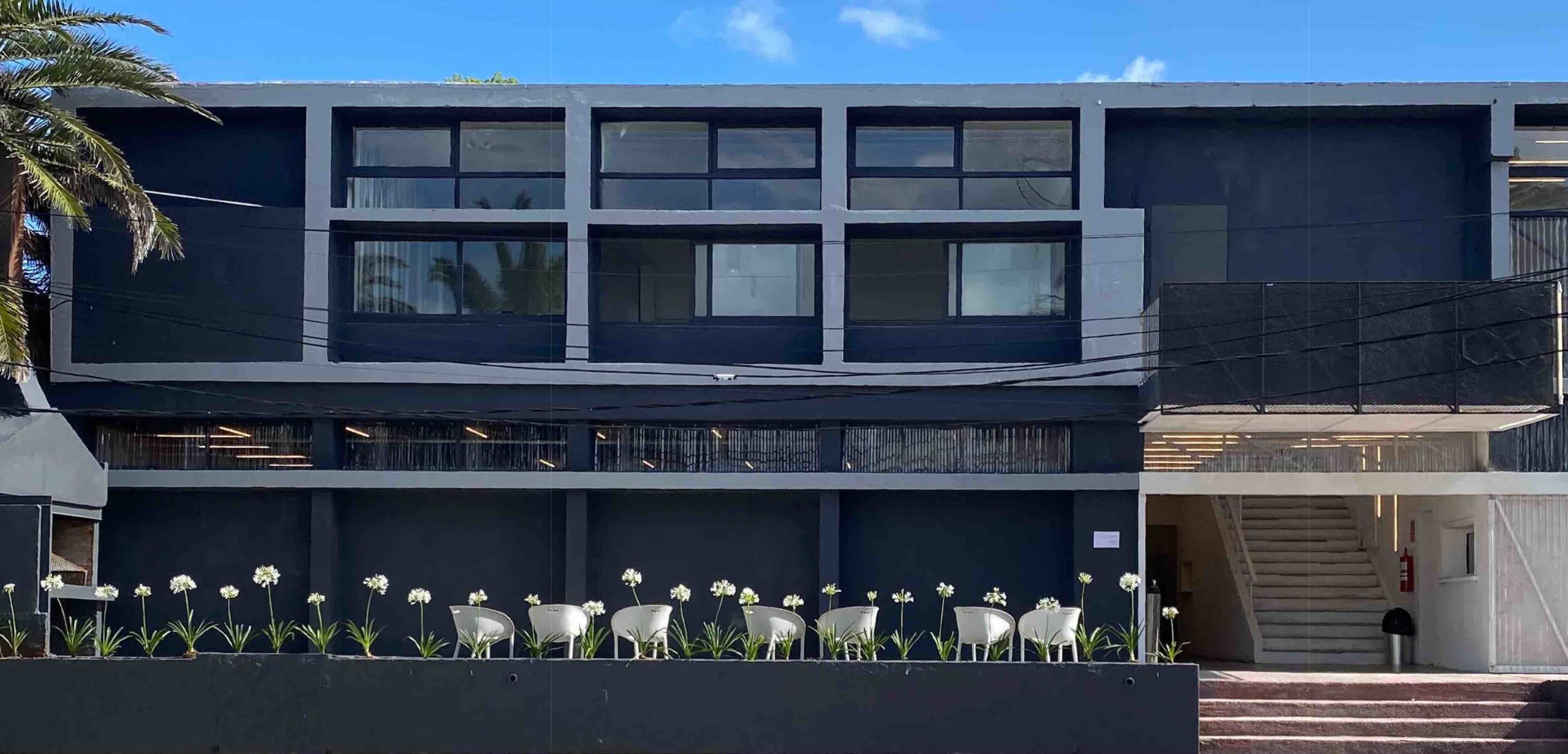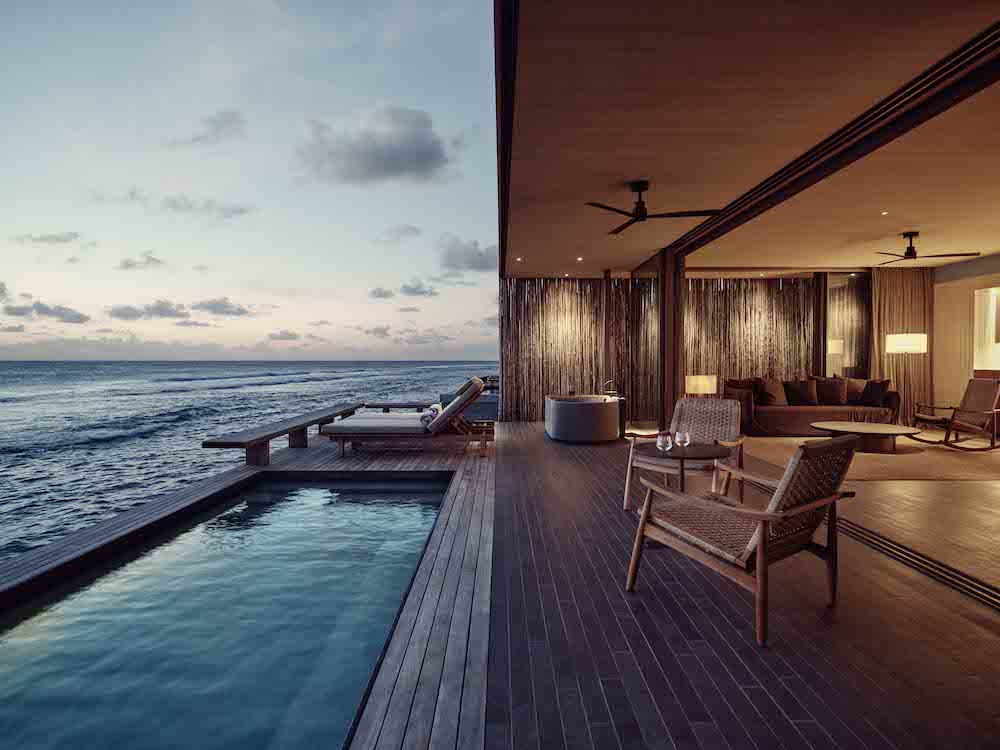In early 2021, Creative Cluster Development (CCD) opened in Punta del Este after just five weeks of renovation. Behind the transformation of the defunct community center in the popular resort town of Uruguay, was Guillermo Rozenblum, whose dream of a multi-disciplinary cultural hub became a reality despite the challenges of the ongoing pandemic. There, exhibition spaces intermingled with curated design spaces, fashion shows, food pop-ups, film festivals, and music events.
With programming and performances in-person and online, Guillermo’s model for a creative industry accelerator has successfully taken shape, alongside the launch of the affordable art fair GANGA, and the organic beginnings of an artist management company, as well.

CCD in Punta del Este.
At the heart of CCD is an aim for accessibility for artists, creatives, collectors, and like-minded people. To CCD, Guillermo brings over 30 years of art and real estate experience—from managing La Fundación Rozenblum (established in 1985) since 2000, establishing the BSM Art Building in 2007 in Buenos Aires, to launching an artist space in Rosario in 2020—creating artist studios, exhibition spaces, and residencies in repurposed architectural spaces. Bringing together diverse voices across disciplines, Guillermo has set out with CCD to provide a space where artists have a voice, add value, and can develop their practice, whatever that may be.
CCD’s proof of concept in Punta del Este is ripe for replication in cities around the world, and Guillermo has his eyes on several future locations, all with a sustainable, community-based approach that engages with local NGOs. He’s also prepared to harness the online space to help provide a vital digital platform for artists. This creative accelerator concept was recently presented during the 2021 Architecture Biennale in Venice in Zuecca Project Space’s “Sustainable Revolution.”
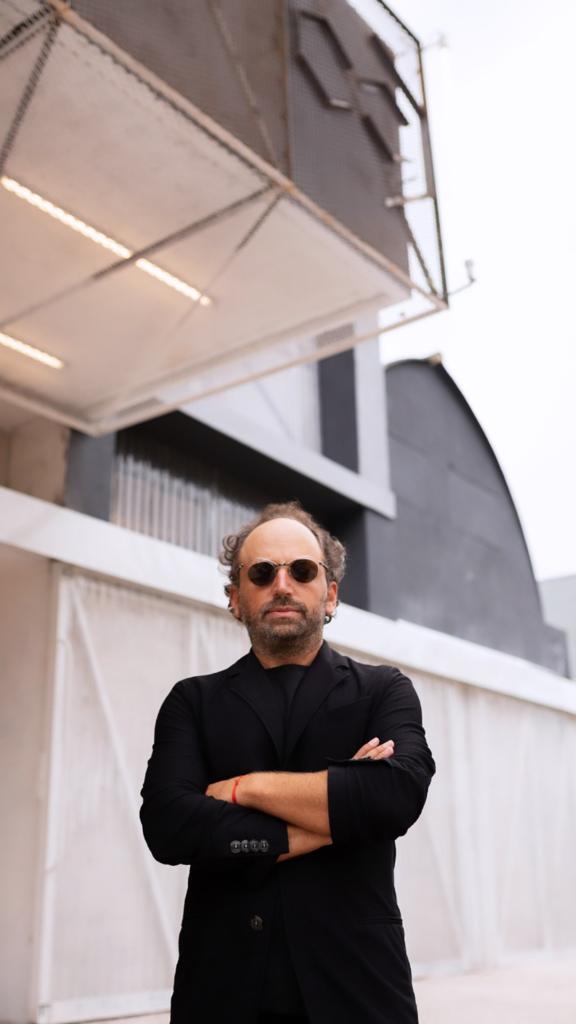
Guillermo Rozenblum.
Whitewall spoke with Guillermo about the power of human connection and the importance of buying art from artists.
WHITEWALL: Can you tell us about CCD? Who is it for?
GUILLERMO ROZENBLUM: This is completely collaborative. It is open to everyone who adds value and has the right values. And it’s of many disciplines—design, fashion, art, food, music, technology, film. It’s expanding organically through the most valuable collection that we have, which is amazing friendships.
WW: CCD is this marriage of art and real estate, with a blueprint you’ve tested in places like Buenos Aires and Rosario in Argentina. In Punta del Este, CCD officially launched in early 2021. Can you tell us about how that came together?
GR: I had been studying the concept of creative clusters for years. In Buenos Aires and Rosario I saw the way artists worked so much better collaboratively. You can see how co-working spaces work—this is the same for artists. People mold and shape each other, working with each other, teaching each other. Instead of being in a small studio alone, artists can work together in a much larger space.
In Punta del Este, there was no cultural center, so I said wanted to satisfy that demand. We activated the renovated building in just a few months—in the middle of a pandemic, imagine that.
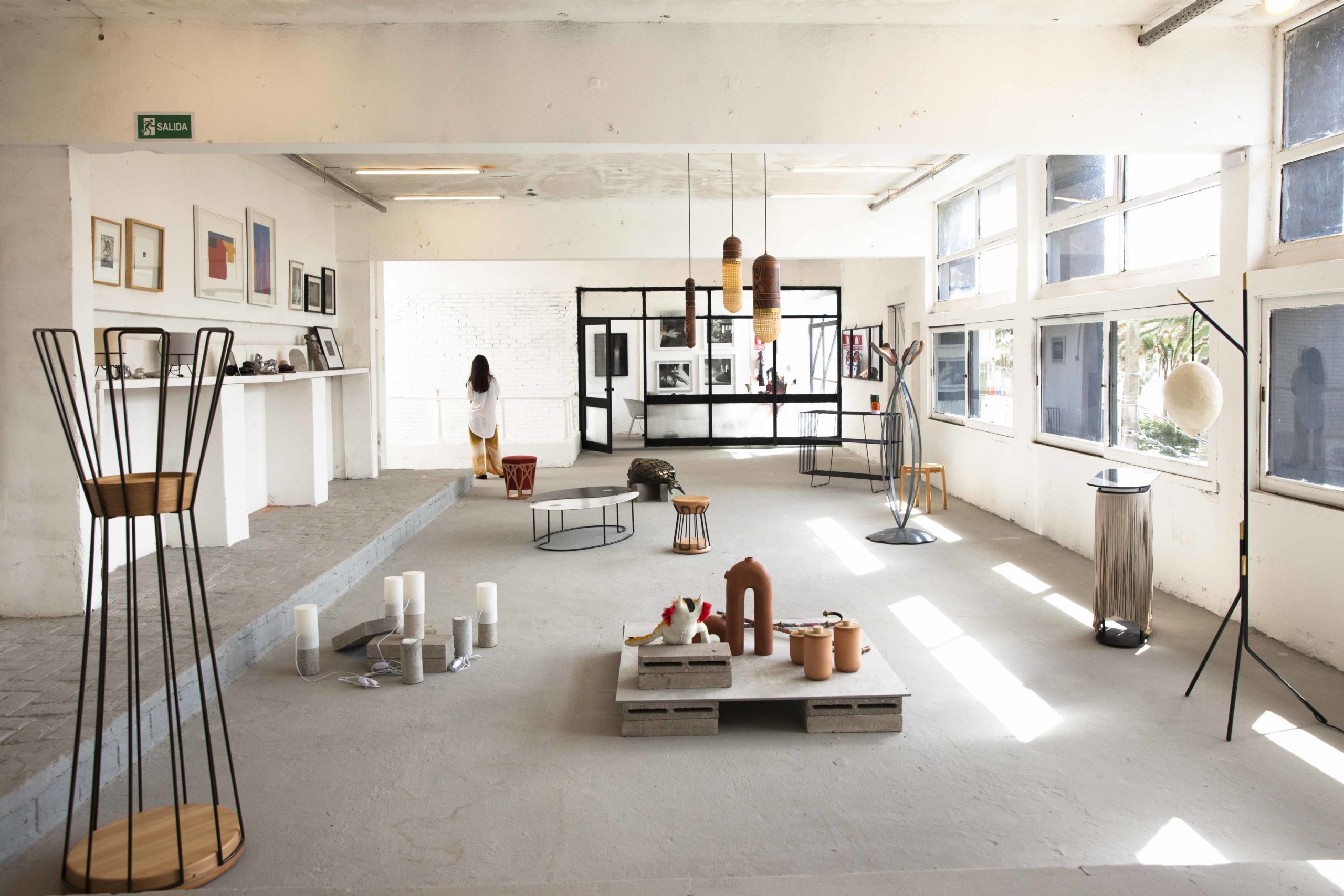
CCD in Punta del Este.
WW: Why is it important for CCD to support so many disciplines, not just art?
GR: Because it’s my life—I like design, I like fashion, I like food, and I like curated things. And at a certain point, they’re all art. A chef, a designer, a carpenter, a craftsperson in the middle of Oaxaca—this is art, this is the most amazing work. And if someone has a curated eye for one, they have a curated eye for another.
WW: So, in this one space, you’re reflecting this idea.
GR: Exactly. It’s curating life.
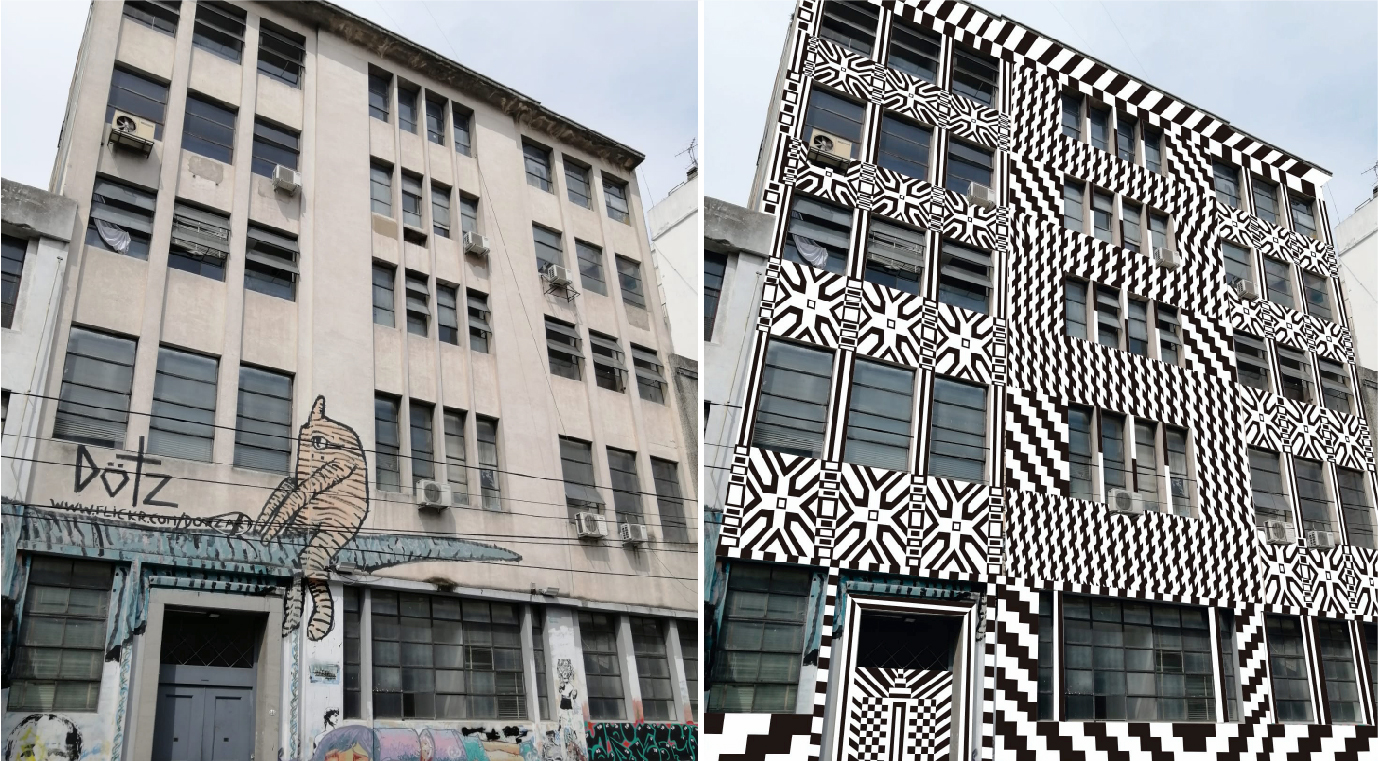
CCD in Buenos Aires.
WW: After seeing the proof of concept of CCD in Punta del Este and elsewhere, what made you then think this model could work in other cities around the world?
GR: There’s a common thread. I’ve been traveling for art since 2010, since joining the Tate Committee for Latin America. Around the world, we speak the same language. It’s not Spanish, English, or French, it’s a global language of who we want to live with, what we want to live with, who we enjoy, and subtleties that we like. We enjoy showing each other hidden gems—if it’s an artist, if it’s food, if it’s design, if it’s fashion. You don’t want to be a tourist when you travel, you want to be a local. And these are the best things from all over the world.
WW: You also successfully launched GANGA, an accessible art fair with prices ranging from $100 to $3000. Would you like to see this model replicated, as well?
GR: I would love to replicate it for sure. It can also be more of an educational fair because people who are not in the arts would buy at this price level. They have to start somewhere, to get familiar with buying art. We could have GANGA throughout Latin America would be natural, and it could be replicated as fast as we have the things to replicate them.
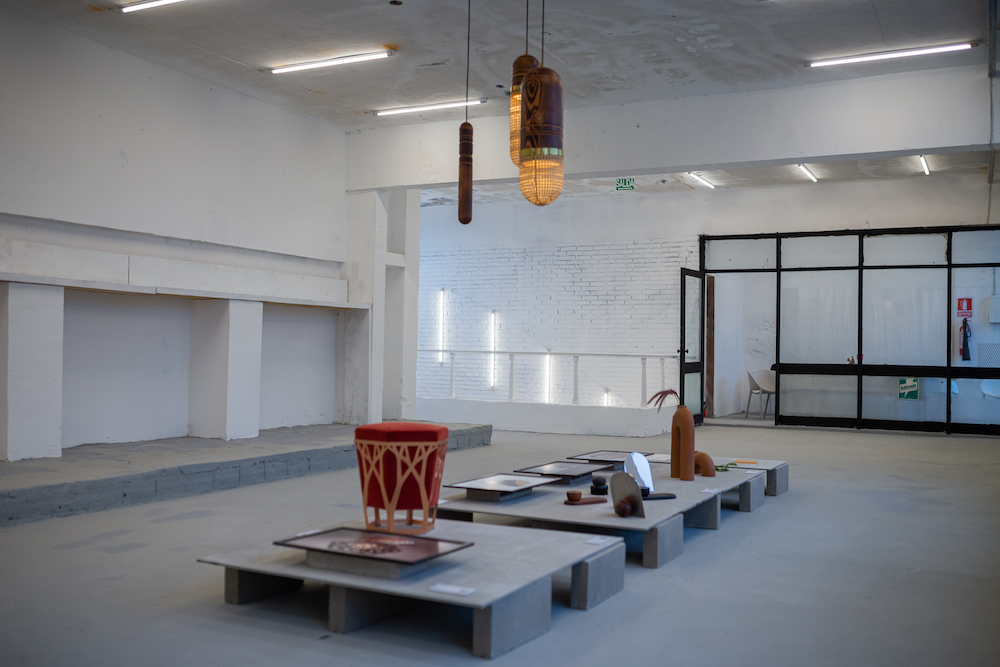
CCD in Punta del Este.
WW: What connects these two projects for you?
GR: GANGA is a spinoff of CCD. CCD is the umbrella, and under it is the space, the residencies in Buenos Aires and Rosario, and I would love to do residencies in Uruguay. This is something that’s needed in many places—our studio concept. We’re also working to create marketplaces and an online platform to sell from all parts of the world. The first part is to create awareness that these creative people exist with a structure that has been very well curated.
WW: Why is accessibility at the core of this project?
GR: I’ve supported art in terms of artists who are at different points in their career, and I think it’s nice to see their studios and see them grow. I see three things in an artist: one is the talent, one is the sweat capital of their work, and one is the value they have as a person. That’s what I look for in supporting an artist. I tell people, instead of a poster on the wall, to buy from an artist.
When you go to an art studio, and you go into the artist’s brain. It’s another relationship or bond that you create when you have that intimacy. You get to know them as a person, you can follow their career, and you create a bond and a friendship. It’s an amazing privilege.
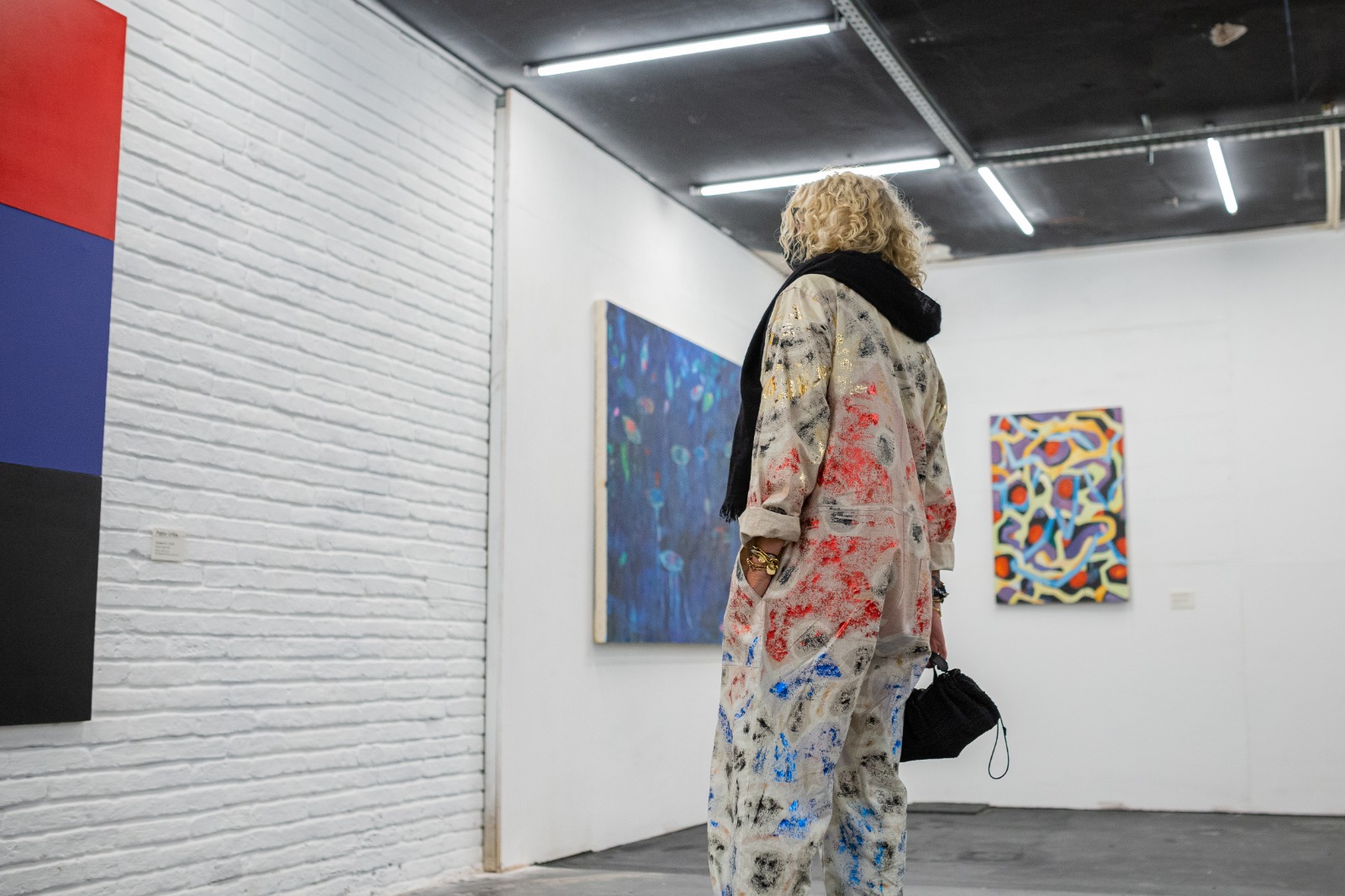
CCD in Punta del Este.
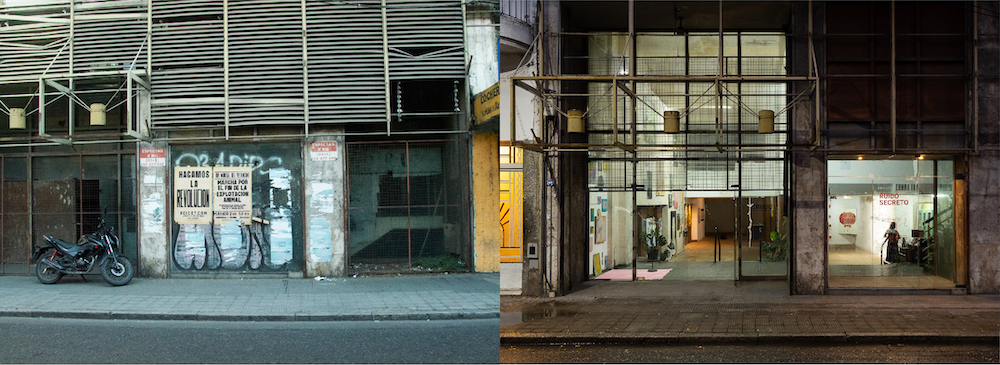
CCD in Rosario.
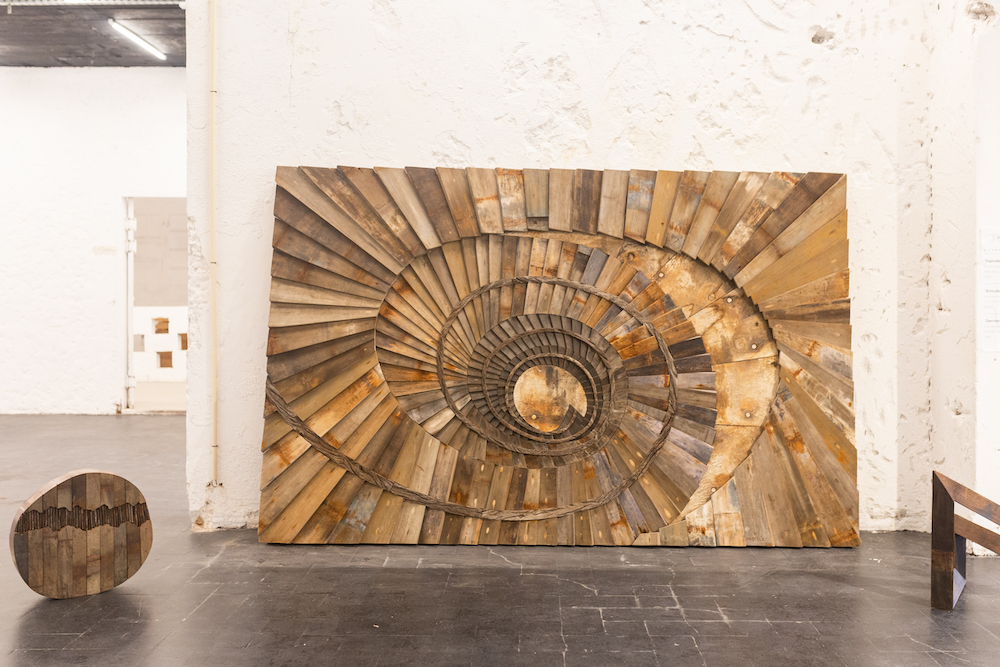
CCD in Punta del Este.
To learn more, follow @ccd.arte @bsmartbuilding_ @crudo.artecontemporaneo



